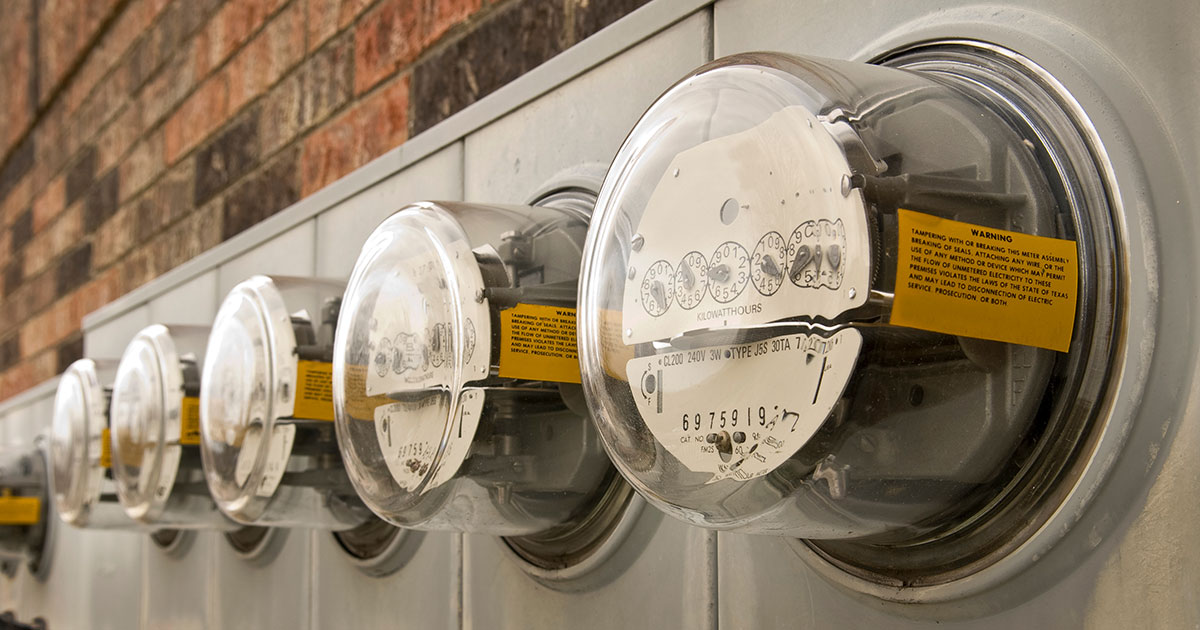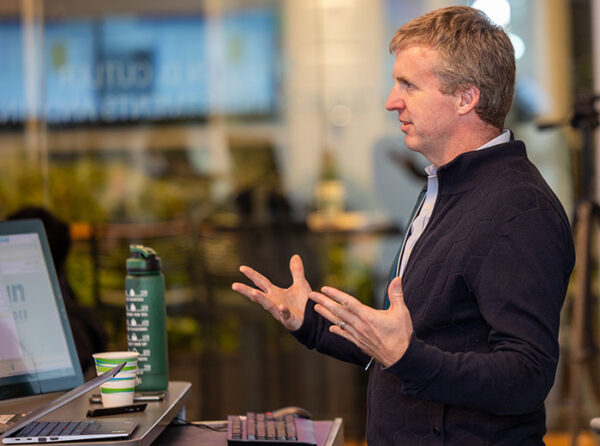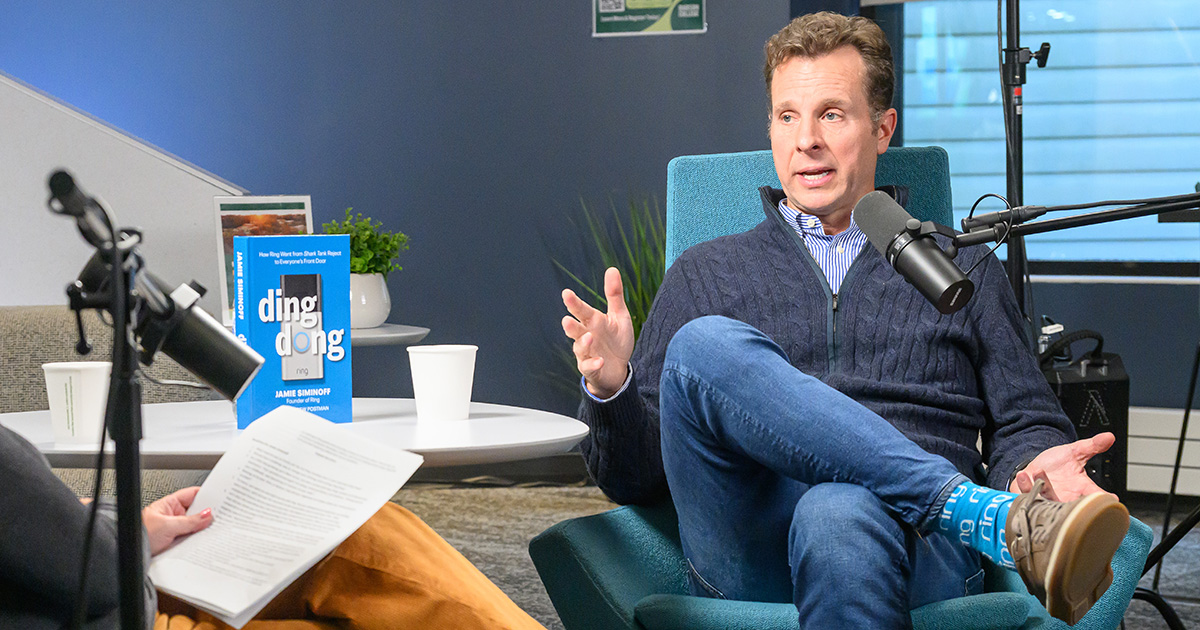The Price of Power: What’s Driving Rising Electricity Rates?

Much has changed in three years.
This fall will mark three years since ChatGPT was officially launched, and in that short amount of time, artificial intelligence is starting to feel like it’s everywhere. AI tools already are entrenching themselves in schools and workplaces, as media outlets constantly tout the latest AI news and tech companies invest billions upon billions of dollars in the technology.
All of that growth, though, comes with a cost. Those AI tasks and searches that are becoming an increasing part of everyday life require a lot of energy.
As of now, data centers account for 4% of the nation’s energy demand, but in three years, that percentage is expected to rise to 12%, says Ryan Davies, professor of finance at Babson. “The demand for these data centers has skyrocketed in recent years,” he says.
That expansion of data centers comes at a time when electricity rates have been steadily increasing, an issue that’s threatening to become a headache for political leaders. Why those rates have been going up is a complicated question, with many factors playing a part, including climate change and wildfires, aging power plants and changing demand, infrastructure woes and the sometimes bumpy transition to clean energy.
And yes, those massive data centers that are popping up all over the landscape certainly are a big driver, Davies says. In some areas, data centers spike a 20% to 30% annual increase in energy demand. “The project planning processes of utility companies,” he says, “are not designed for that level of growth.”
A Litany of Causes
Normally, Davies suspects that most people don’t pay close attention to the minor ebbs and flows of their energy bills, but the repeated increases in recent years have changed that. In 2020, the average national cost for energy was 13.5 cents per kilowatt. Today, that’s risen to roughly 19 cents.
“Rates have gone up enough that the average person has started to notice,” he says. “Once people start to notice, it starts to become a political issue. It will be interesting to see how (leaders) navigate that.”

In unpacking the climb in rates, which are forecasted to jump another 8% by 2030, Davies outlines a litany of causes. One is climate change. “Climate change causes more unpredictability in weather,” he says. “There are more warm days during times of the year where it’s not expected.”
Utilities plan ahead for what energy they may need, but those plans are disrupted when an unexpected warm October day causes a surge in energy demand as people run their air conditioners. “The price (of power) just skyrockets,” Davies says.
The drier and hotter weather caused by climate change also creates ripe conditions for forest fires, which can be sparked by power lines and leave utilities financially responsible. “There are all kinds of lawsuits,” says Davies, and that cost potentially can be passed onto customers.
Shifting power demands from newer consumer trends, such as the use of heat pumps and electric cars, is also an issue. “They draw different patterns of electricity use than we’ve seen,” Davies says. When people driving electric cars return home from work, for instance, they all tend to start charging at the same time, which puts a strain on utilities. “Can we incentivize customers not to plug in at 5 o’clock?” Davies says.
The transition to clean energy, while essential to cut greenhouse gas emissions, is also not without challenges. Aging carbon-emitting power plants may be slated for closing, but not enough renewable energy has been brought online to take their place. During peak energy usage, utilities may be forced to rely on older plants to make up for the demand for energy, even though those facilities are outdated and expensive to operate.
“The transition from point A to point B has become cumbersome,” Davies says. Building new power plants and natural gas pipelines (a big need in the Northeast) to ease that transition to clean energy would be a long and costly endeavor, at a time when fossil fuel technology and infrastructure is being phased out.
AI’s Biggest Cost
Then there’s the matter of data centers. “The biggest cost of AI is electricity,” Davies says. “Who should be paying for it?”
Currently, the answer to that question is often that we all are. “As there is more demand for these centers, that is pushing up the rates for everyone,” Davies says. “Is that the way we want to do it?”
“The biggest cost of AI is electricity. Who should be paying for it?”
Ryan Davies, professor of finance at Babson
Maybe not. Some utility commissions, Davies says, are looking at setting a separate class of electricity rates meant specifically for data centers. “The idea being the data centers should pay a larger amount since they’re causing the demand to increase,” he says.
Ultimately, Davies suspects that AI users may bear some of that cost. As of now, the price of subscriptions to AI services such as ChatGPT is relatively small. That may not last.
Posted in Insights





